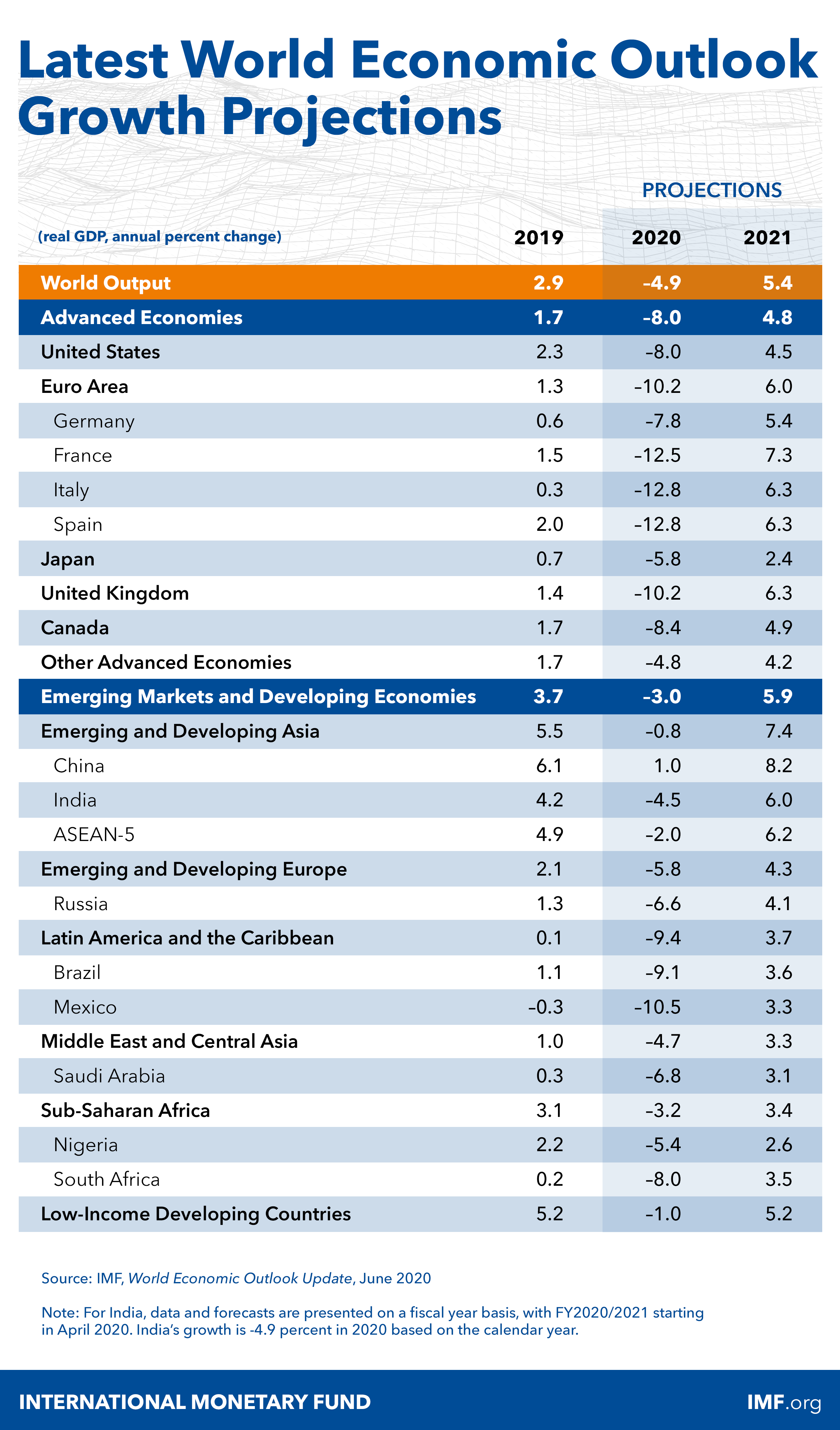Russia is going to the voting booths and the country is - by a mile - nowhere near being ready to relax COVID19 restrictions. This is risking tragic consequences in the near future.
Cases and deaths are still high. For deaths, this holds even if we do not correct for Russian reported death rates, influenced by hell knows what - different methodology (yes), shoddy local reporting (may be), lags in reporting (probably), Kremlin conspiracy (probably not, but who knows) and so on.
Correcting Russian data on reported deaths is hard, primarily (in my opinion, due to different methodologies in reporting - link below). At the upper tail end of the arguments for adjustment (https://www.themoscowtimes.com/2020/06/10/moscow-sees-58-mortality-spike-in-may-as-russias-low-virus-deaths-questioned-a70532 and https://www.theguardian.com/world/2020/jun/04/st-petersburg-death-tally-casts-doubt-on-russian-coronavirus-figures) we have Moscow and St Petersburg cases in May (peak contagion and deaths growth month in the most severely impacted region in Russia with massive population density). So ca 60% estimate for understatement in Moscow most likely runs at around 45 percent for Russia as a whole. Which would roughly be in line with my model.
Notice, even with adjustment (which yields mortality to-date 44% higher than reported), Russia death rate from COVID19 remains relatively low (see comparatives to BRIICS below).
Key takeaway: Russia is not ready to relax COVID19 restrictions beyond modest local restrictions easing. The country is most certainly not ready for allowing in-person voting.































